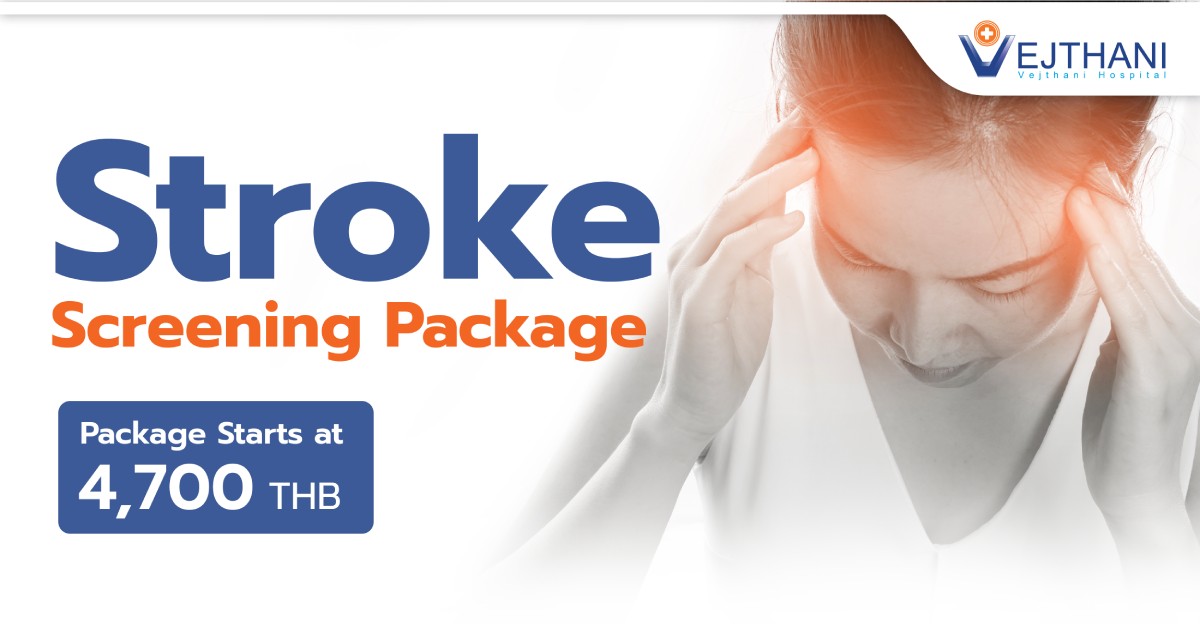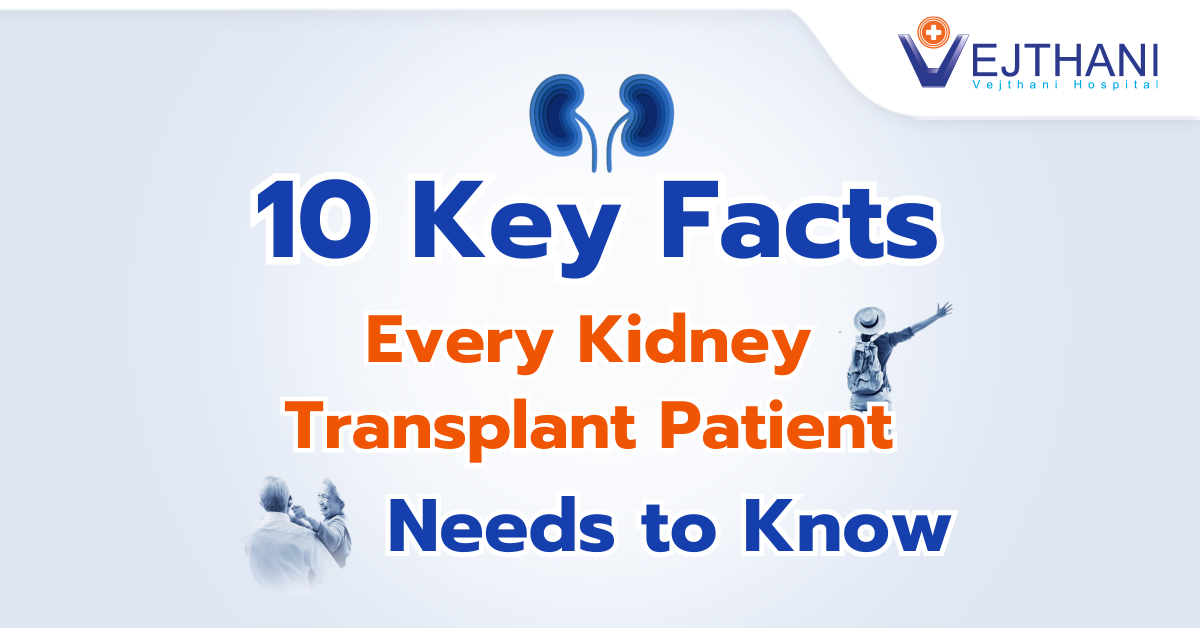
Atrial tachycardia
Diagnosis
Atrial tachycardia can be diagnosed using a variety of tests and methods, such as:
- Physical Assessment: This kind of examination is performed as part of the annual checkup. Even if patients have no symptoms, the specialist may detect a rapid heartbeat. The specialist will also evaluate the previous health history to determine whether the patient have any risk factors for this condition.
Blood tests: can be used to investigate for heart problems, thyroid function, or other illnesses that can trigger atrial tachycardia. - Electrocardiogram (ECG or EKG): measures the timing and duration of each heartbeat while also measuring the electrical activity of the heart using sensors connected to the skin of the chest.
- Holter monitor: it is a portable ECG device that the patient may wear for days or weeks to record the heart rate and rhythm throughout their normal daily routine.
- Echocardiogram: It creates images of the size, structure, and motion of the heart using sound waves.
Some test could be used by a specialist to attempt to induce an episode of atrial tachycardia:
- Stress test: In these tests, an ECG or echocardiogram is frequently performed while the patient walks on a treadmill or on a stationary bike. Exercise tests can assist determine how the heart responds to exercise and stress.
- Electrophysiology study: The electrical activity of your heart is tracked and measured throughout this procedure. This can highlight regions of the heart’s electrical activity that are not functioning properly.
Treatment
Depending on the conditions and severity, atrial tachycardia is treated differently. The specialist might advise the following:
- Vagal maneuvers: Coughing, applying an ice pack to the face, or bearing down as if having a bowel movement will all assist lower heart rate. The following actions will be recommended during atrial tachycardia. The heartbeat is controlled by the vagus nerve, which is impacted by several processes.
- Medications: The heart rate can be regulated, and the rhythm of the heart can be restored using medication.
- Cardioversion: Through patches or paddles on the chest, a shock is administered to the heart which cause the electrical signals in the heart to be affected by the current, making the heart rate normal again and is used if vagal maneuvers or medicines don’t relieve atrial tachycardia.
- Catheter ablation: In order to reach the heart, a thin, flexible tube (catheter) is directed through a blood vessel, typically in the groin. There are situations when several catheters are used. Heat (radiofrequency radiation) is used by sensors on the catheter’s tip to produce small cuts on the heart. The scar tissue restores a regular pulse by permanently obstructing incorrect electrical signals.
- Surgical ablation: Surgery may be used in the event that catheter ablation is unable to resolve the problem. Similar techniques are used during surgery, but the heart is reached through a chest incision.
- Pacemaker: If alternative methods of treating atrial tachycardia are unsuccessful, this tiny device might be recommended. It is surgically inserted around the collarbone, under the skin. The pacemaker sends an electrical pulse to correct the heart’s rhythm when it notices an abnormal heartbeat. This surgery is frequently combined with AV node ablation for those with atrial tachycardia.
Contact Information
service@vejthani.com






















